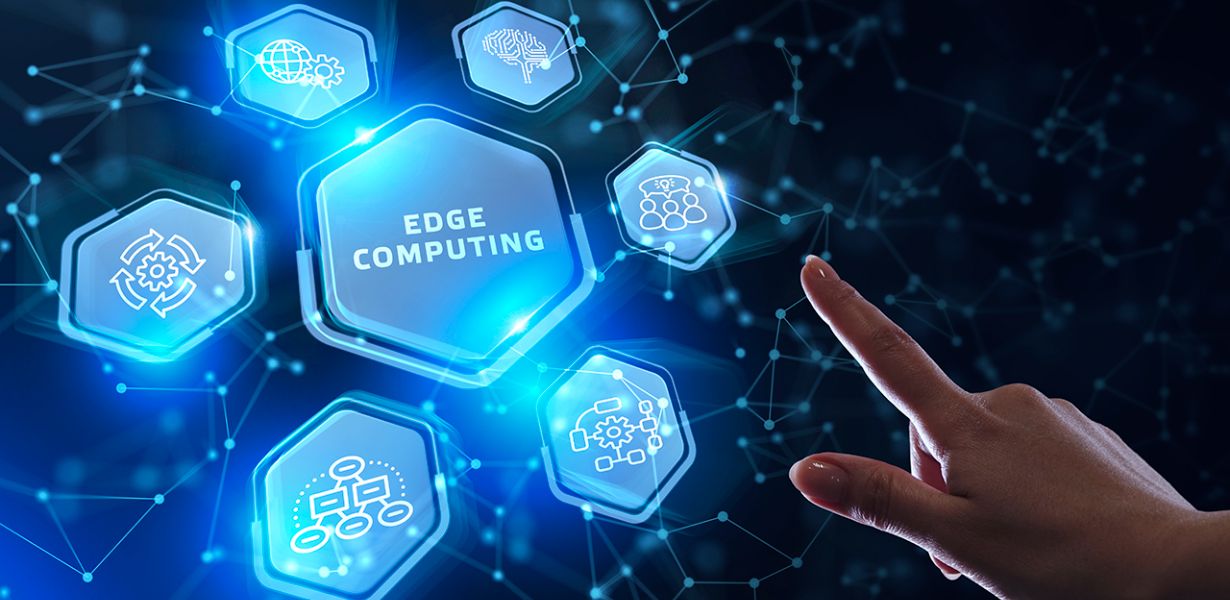
Edge Computing and IaaS: Redefining Latency and Connectivity in the IoT Era
- Post
- August 7, 2023
- Cloud Computing, Infrastructure as a Service, Internet & Web Services
- 0 Comments
In the swiftly evolving landscape of technology, the convergence of Edge Computing and Infrastructure as a Service (IaaS) is driving a paradigm shift that holds immense promise for the Internet of Things (IoT) era. As the IoT ecosystem expands, demands for low-latency processing and seamless connectivity intensify. This confluence of Edge Computing and IaaS introduces groundbreaking solutions to tackle these challenges. This comprehensive exploration delves into the intricacies of these technologies, their symbiotic relationship, and the pivotal role they play in redefining latency and connectivity in the IoT era.
Understanding Edge Computing and IaaS
Edge Computing: Proximity that Empowers
Edge Computing stands as the architectural solution to the latency dilemma. Unlike traditional cloud computing, where data journeys to distant data centers, Edge Computing leverages localized processing. Data is processed closer to the source, reducing latency to negligible levels. This proximity-driven approach enables real-time data analysis, making it an ideal fit for latency-sensitive applications within the IoT.
Infrastructure as a Service (IaaS): A Foundational Pillar
Infrastructure as a Service (IaaS) completes the puzzle by providing virtualized computing resources over the internet. From processing power to storage and networking, IaaS offers a scalable and flexible foundation that aligns with the dynamic requirements of Edge Computing. Enterprises can offload the complexities of physical infrastructure management, focusing on innovation rather than maintenance.
The Synergy of Edge Computing and IaaS
Seamless Integration for Unprecedented Performance
The marriage of Edge Computing and IaaS propels the IoT ecosystem to new heights. By deploying IaaS resources at the edge, processing bottlenecks are eradicated. The localized infrastructure minimizes data transit times, enhancing the responsiveness of applications. This synergy transforms industries, from healthcare and manufacturing to autonomous vehicles, by enabling real-time decision-making and actions.
Dynamic Scalability: Adapting to IoT Demands
The dynamic scalability inherent to IaaS aligns perfectly with the variable workloads of Edge Computing. As IoT applications experience fluctuations in demand, IaaS resources can be instantly scaled up or down. This flexibility not only optimizes resource utilization but also ensures consistent performance, regardless of the data load.
Redefined Connectivity and Latency
Edge Nodes: Proximity’s Pioneers
Edge nodes, strategically positioned near data sources, are the driving force behind redefined connectivity. These nodes act as intermediaries, performing data preprocessing and reducing the data transferred to the central cloud. By distributing computational tasks, edge nodes significantly mitigate latency, ensuring instantaneous data insights and responses.
5G Integration: A Catalyst for Transformation
The rollout of 5G technology further amplifies the impact of Edge Computing and IaaS. With its high bandwidth and low latency capabilities, 5G creates an environment where real-time communication between devices and edge nodes thrives. This integration expedites data transfer, elevating user experiences and enabling time-sensitive applications like augmented reality and remote surgeries.
Security and Privacy Fortifications
Localized Data: Bolstering Security
Edge Computing and IaaS provide a substantial boon to data security. As sensitive data remains localized, the risk of breaches during transit to central servers diminishes. This localization enhances compliance with data protection regulations and reassures end-users about their data’s safety.
Efficient Resource Utilization: A Green Approach
From an environmental perspective, the amalgamation of Edge Computing and IaaS offers a sustainable approach. By processing data near its origin, redundant data transfers are minimized, reducing energy consumption. This alignment with green initiatives showcases the potential to revolutionize the tech industry’s carbon footprint.
Final Words
In the confluence of Edge Computing and Infrastructure as a Service, a transformative narrative unfurls. The amalgamation of these technologies shatters the confines of latency, ushering in an era where real-time insights and actions reign supreme. As the IoT landscape expands, the synergy of Edge Computing and IaaS emerges as the linchpin, propelling industries towards a future defined by agility, responsiveness, and connectivity.
Commonly Asked Questions
Q1: What exactly is Infrastructure as a Service (IaaS)?
A1: Infrastructure as a Service (IaaS) is a cloud computing model where virtualized computing resources—such as processing power, storage, and networking—are provided over the internet. This eliminates the need for physical hardware management and grants users the flexibility to scale resources according to their requirements.
Q2: How does Edge Computing mitigate latency?
A2: Edge Computing reduces latency by processing data closer to its source. Instead of sending data to distant data centers, edge nodes analyze and preprocess data locally. This proximity-driven approach ensures faster data insights and actions, critical for latency-sensitive applications like IoT.
Q3: Can Edge Computing and IaaS enhance data security?
A3: Yes, they can. Edge Computing keeps sensitive data localized, minimizing the risk of breaches during data transit. With IaaS, security measures can be centralized, ensuring consistent protection across edge nodes. This synergy bolsters data security and compliance with privacy regulations.
Q4: How does 5G integration impact Edge Computing and IaaS?
A4: The integration of 5G technology accelerates the capabilities of Edge Computing and IaaS. 5G’s high bandwidth and low latency empower real-time communication between devices and edge nodes, enabling applications like augmented reality and remote surgeries to thrive.
Q5: What industries benefit from the synergy of Edge Computing and IaaS?
A5: Virtually all industries stand to gain. Healthcare, manufacturing, transportation, and smart cities are prime beneficiaries, as the amalgamation enhances real-time decision-making, process optimization, and user experiences. This synergy’s versatility is boundless, ushering in a new era of connectivity and innovation.




